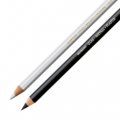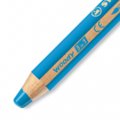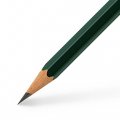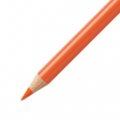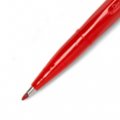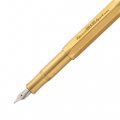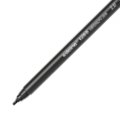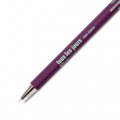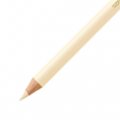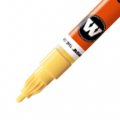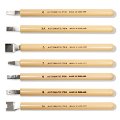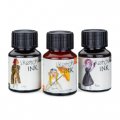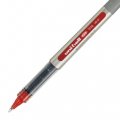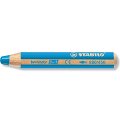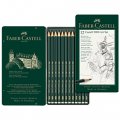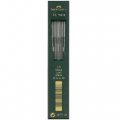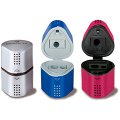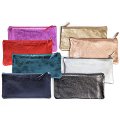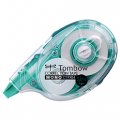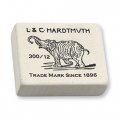Copic Markers
Information about Copic markers
In professional circles, the Copic Marker, which was developed and produced in Japan, has long been the standard tool for making layouts, presentations and illustrations. The comprehensive choice of colours (of which 44 alone are grey tones) makes them perfect for use in presentations of coloured architectural blueprints (colours for official plan drawings), advertising and fashion. These days, even practitioners of manga drawing (Japanese cartoon style) are finding Copic pens more and more to their liking.
The immense success enjoyed by the Copic system ever since its introduction to the market in the middle of the 1980´s is primarily due to its alcohol-based inks. It was that feature that made the Copic the first marker whose ink did not corrode copied drafts - which meant that it could be used to add coloured information to copied drawings. In addition, it is also noteworthy that the Copic marker does not degrade even water-based inks on transparent paper.
Many alternative products have come on the market over the years to compete with the Copic marker. The one that we find to be the best among them is the Touch Marker, which is produced in South Korea by the Shin Han Company and has comparable quality ink.
Both the Copic and Touch inks dry quickly, which means that large areas can be filled in evenly and soft colour blends can be realised. Both inks are also smudge-proof after drying but it should be noted that they are not really odour neutral (it smells like rectified spirits) even though you will very often find it described that way.
Both the Touch and Copic markers can be refilled with ink – in the case of Touch there are 96 colours and with Copic a resounding 214 colours. The Copic marker that is available in an unfilled condition can be used in conjunction with different inks to mix and create your own individual colours. The colourless blenders from both Touch and Copic, which only contain a solvent, allows you to spread, merge or lighten different colours, as you like. Copic and Touch Twin markers both come with a broad and a fine tip. A range of 9 more polyester nibs that can be easily exchanged by means of a special tweezers make it possible to draw a wide variety of different lines with the Copic marker; the Touch marker has 4 replacement nibs available that are also very easy to interchange.
We also carry the Copic Sketch marker from Copic which comes with tips at both ends, one of which is a brush tip. The Touch Twin product line also has a marker called the Touch Twin Brush Marker that also has tips at both ends, one or which is, as you might expect, a brush tip!
Conclusion: The main differences between the two products described above are the price, the colour range and, of course, different designs whose appeal depends on individual tastes (the eye of the beholder!). The colour range from Touch, which, at least up till now, is somewhat limited (especially with reference to the refill bottles – some colours are not available as refills) is compensated for by the lower price. To put it another way, the broad colour range of the Copic marker does not come without a price! In our experience we have found no good reason why someone cannot have both markers in their toolkit and use them one with the other.
Additional info: Copic Multiliner and Copic Multiliner SP (and other water-based versions) are great for doing scribble type drawings as well as preliminary drawings because, in contrast to a lot of other alcohol-based inking pens, their ink will not smear or bleed when drawn over with markers at a later date.
We have on offer a colour sample card for Copic, which provides an overview of all the colour tones that correspond to the original Copic colours (as far as it is technically possible).
